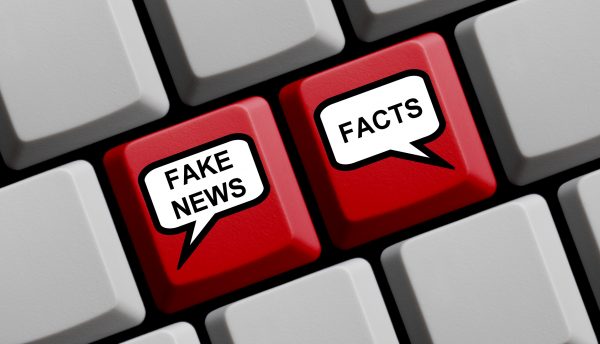Is a More Sustainable Olympics Possible?: Q&A With Maxwell Professor Matthew Huber
Organizers of the 2024 Paris Olympics are committed to creating the most sustainable Games ever—limiting new construction, sourcing local food and using 100% renewable energy, for example. But could a global event with millions of people from all over the…



 A: It’s negative. Democracy relies on an informed citizenry to function, and that comes from journalists dealing with a set of facts and reporting the truth. Our country’s founders knew what they were doing in protecting the press’s freedom in the Constitution, so reporters can inform the public about the dealings of those in power, no matter how unpleasant that information may be. And that works only if the public trusts journalists. But biased and fake news erode that trust and confuse people, and now we’re in a situation where people dispute facts because they have their own “truth.” And if we can’t agree on the facts, we won’t be able to work together to solve our problems as a country.
A: It’s negative. Democracy relies on an informed citizenry to function, and that comes from journalists dealing with a set of facts and reporting the truth. Our country’s founders knew what they were doing in protecting the press’s freedom in the Constitution, so reporters can inform the public about the dealings of those in power, no matter how unpleasant that information may be. And that works only if the public trusts journalists. But biased and fake news erode that trust and confuse people, and now we’re in a situation where people dispute facts because they have their own “truth.” And if we can’t agree on the facts, we won’t be able to work together to solve our problems as a country.